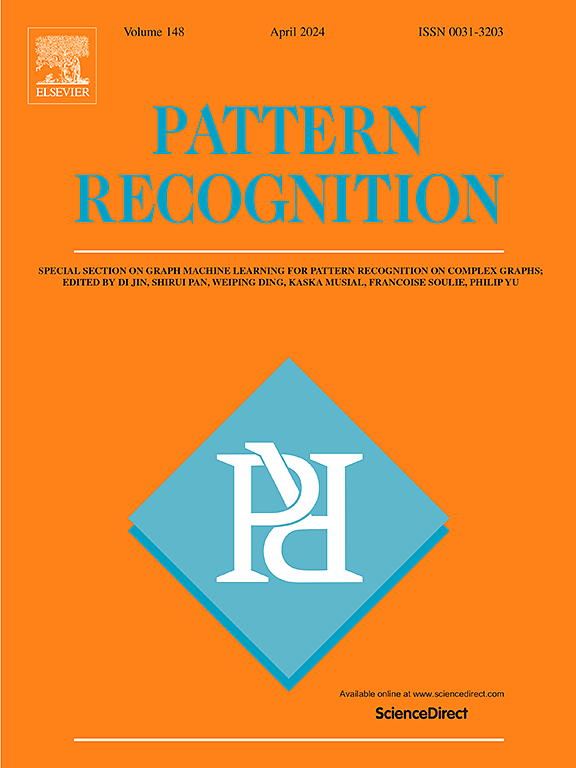AMLCA: Additive multi-layer convolution-guided cross-attention network for visible and infrared image fusion
IF 7.5
1区 计算机科学
Q1 COMPUTER SCIENCE, ARTIFICIAL INTELLIGENCE
引用次数: 0
Abstract
Multimodal image fusion is widely used in the processing of multispectral signals, e.g., visible and infrared images, which aims to create an information-rich fused image by combining the complementary information from different wavebands. Current fusion methods face significant challenges in extracting complementary information from sensors while simultaneously preserving local details and global dependencies. To address this challenge, we propose an additive multi-layer convolution-guided cross-attention network (AMLCA) for visible and infrared image fusion, which consists of two sub-modals, i.e., additive cross-attention module (ACAM) and wavelet convolution-guided transformer module (WCGTM). Specifically, the former enhances feature interaction and captures global holistic information by using an additive cross-attention mechanism, while the latter relies on wavelet convolution to guide the transformer, enhancing the preservation of details from both sources and improving the extraction of local detail information. Moreover, we propose a multi-layer fusion strategy that leverages hidden complementary features from various layers. Therefore, AMLCA can effectively extracts complementary information from local details and global dependencies, significantly enhancing overall performance. Extensive experiments and ablation analysis on public datasets demonstrate the superiority and effectiveness of AMLCA. The source code is available at https://github.com/Wangdl2000/AMLCA-code.
求助全文
约1分钟内获得全文
求助全文
来源期刊

Pattern Recognition
工程技术-工程:电子与电气
CiteScore
14.40
自引率
16.20%
发文量
683
审稿时长
5.6 months
期刊介绍:
The field of Pattern Recognition is both mature and rapidly evolving, playing a crucial role in various related fields such as computer vision, image processing, text analysis, and neural networks. It closely intersects with machine learning and is being applied in emerging areas like biometrics, bioinformatics, multimedia data analysis, and data science. The journal Pattern Recognition, established half a century ago during the early days of computer science, has since grown significantly in scope and influence.
 求助内容:
求助内容: 应助结果提醒方式:
应助结果提醒方式:


